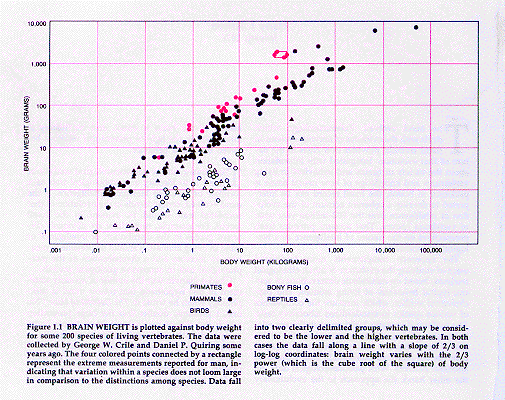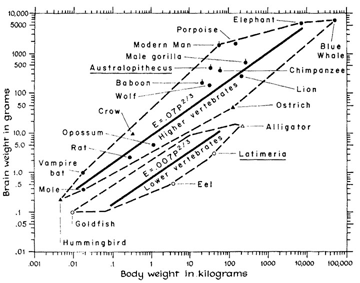Serendip is an independent site partnering with faculty at multiple colleges and universities around the world. Happy exploring!

Reflection
On one of the very first days (weeks?) of class, when we were talking about diffraction, I noticed something very interesting. The chairs that we sit on in English House have a texture that’s almost like a very solid mesh—there are lots of tiny circles both in the back of the chair and the seat of the chair. If you look across the room to one chair sitting in front of another, you will notice something very interesting. The visual space in which the backs of the chairs overlap will appear to have magnified the pattern. While you may not be able to really see the texture of a single chair from across the room, looking at one chair through another magnifies it to make it visible, if not totally crisp and clear.

Final Webpaper
This is an extension of my third webpaper: /exchange/node/11451
I have changed the names of the interviewees to First letter of first name (or initials) [dot] Initial (or hypen) noting gender [dot] abbreviation of school. So if I converted Kaye's information into this format, it would be K.F.HC. Anne would be A.F.BMC.
I also acknowledge that this project will be a work in progress and is not anywhere near finished, seeing as it's just barely started.

Entangling and Enabling: A handbook for BSA that encourages right relationships despite a disabling culture
For my final project, I chose to expand upon my third web event, which explored the idea of forming a right relationship between the Boy Scouts of American and the LGBTQ community. A restatement of my original introduction is useful in understanding the issue at hand:
“The Boy Scouts of America’s website is covered in testaments to the organization’s commitment to the betterment of America’s male youth. Its mission statement professes dedication to building active and conscientious citizens, its parent portal promises that it is the best organization to reinforce ethical standards and promote self-confidence, and its timeline gleams with the success of past service projects and awards from numerous presidents. What the website neglects to publicize, however, is perhaps the most telling statement of all about BSA’s moral and ethical belief system: the Boy Scouts do not allow openly gay members to join their ranks.”

Diffracting My PPPP Portfolio: Entangling Emotion and Rationality; the Political and the Personal
This course has been unique, challenging, frustrating, exciting, and empowering in many ways. Its interdisciplinary nature challenged the associations I had previously drawn between concepts. My opinions, modes of thought, and even identity were diffracted through the lens of this course (and the people/authors in it). On the other side of this diffraction emerged new appreciations and revelations regarding both the content we studied and my assumptions about scholarly discourse.
Final Performance - voicing our unsaid concerns, thoughts, feelings, backgrounds
I was a little frustrated at first when I found out that we were going to meet last Sunday night simply because I didn’t want another thing I had to do during finals week. However, as my group started planning our performance and I heard what some other groups were doing, I stated to get a bit more excited. After seeing everyone on Sunday, I’m glad that we got to meet together one last time. It gave me more closure with this class and a sense of a support network because I know that class issues will come up for me throughout my time here. And while not a lot of my other friends around campus understand their own classism or care about general class issues, it’s really good to know that y’all do. I feel like I could probably turn to any one from this class if I need to talk to someone about a class issue I’m having.

Self reflection
I began this class doubting my own ability to be a useful contributor. Most of my experiences with gender and sexuality classes in the bi-co have been cross-listed, so I was able to tackle the gender and sexuality using a specified and known framework (e.g. political implications, literary structures and syntax...). This is the first class I have taken, in which there was purposefully no status quo framework within which I could situate myself. This was difficult, and I enjoyed it at times, and really dreaded it at others.
On a personal note, It’s taken me a long time to feel comfortably situated within the academic world of Haverford. I doubted my ability and capacity for this school since the first day of my freshman year. It’s taken years to feel comfortable enough to speak aloud in a class discussion; to understand that I’m at this school for a reason, and all matters of voices should be heard. I realized (halfway through my junior year) the reason I harbored this sense of unease was due in part to the fact that many of my classmates were constantly performing a part of academia that I had not grown up with, never grown accustomed too. However, the recognition of certain language and style as a performance allowed me to overcome the initial fear of being heard. This is the roundabout way to say that I perform much better in small, intimate groups than I do within the class as a whole. Speaking to a few people is less of a performance than addressing a crowd. Both are essential, and I’m still learning.





